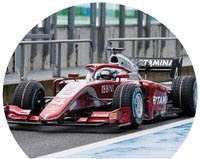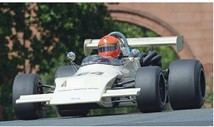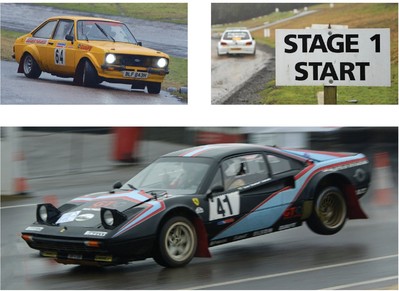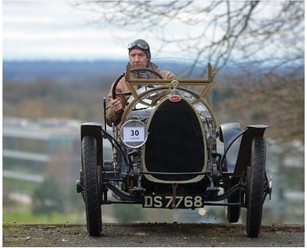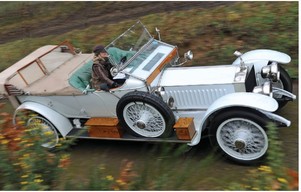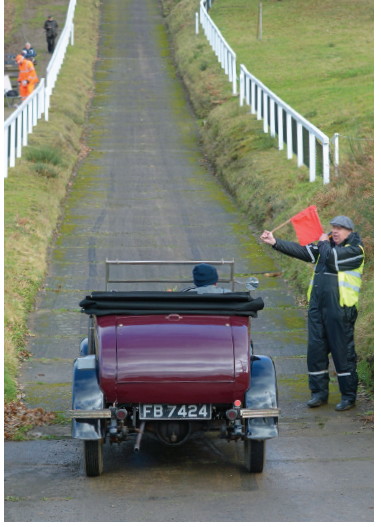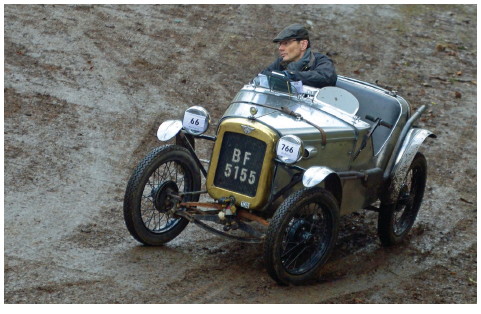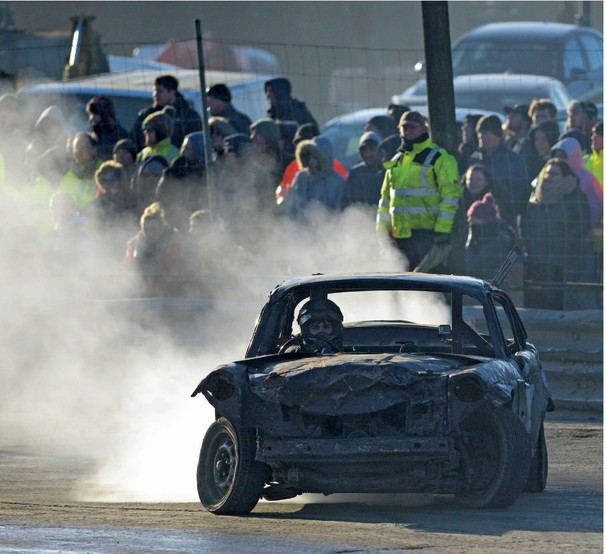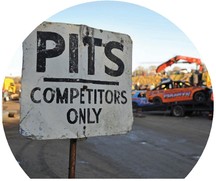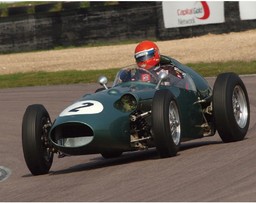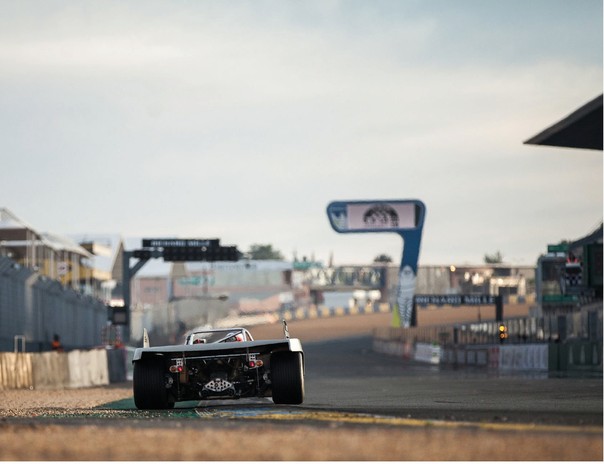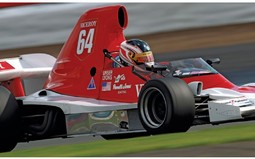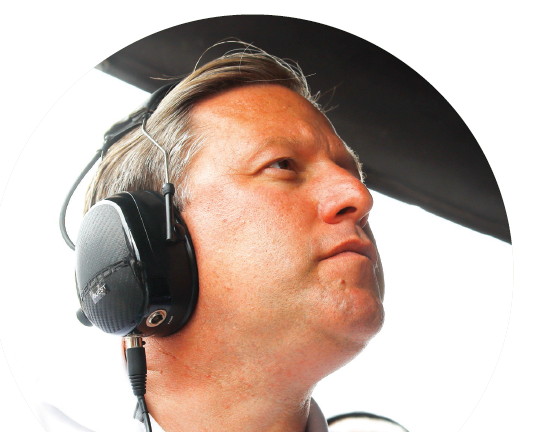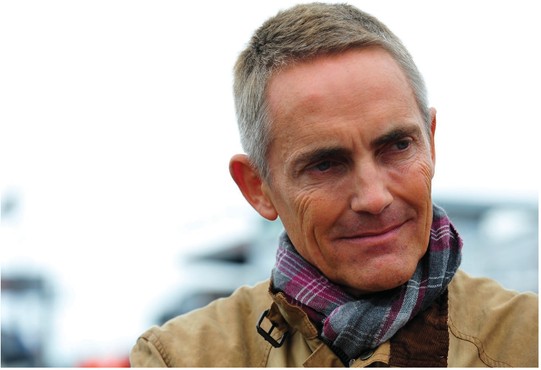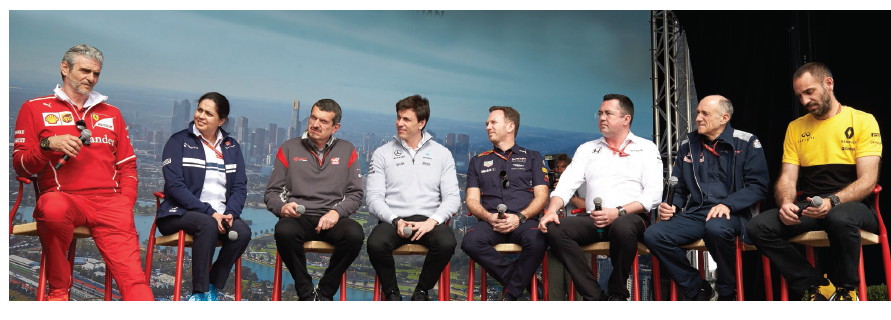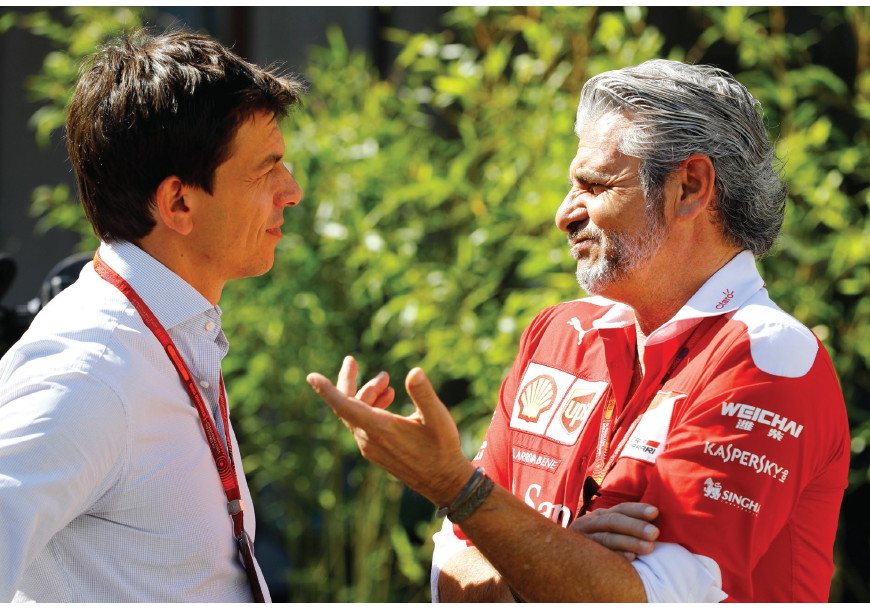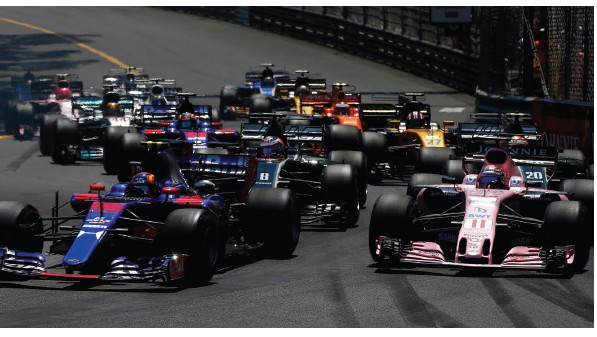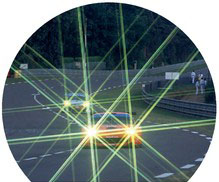Ferrari has unveiled its fastest ever V8-powered sports car. Called the Ferrari 488 Pista it is a heavily revised version of the standard 488 GTB and boasts performance figures that challenge the Italian company’s range topping LaFerrari.
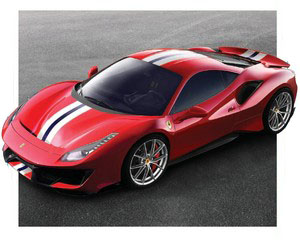
The 3.9-litre twin turbo produces 711bhp and 568lb ft of torque giving a top speed of 211mph and a 0-62mph time of 2.85sec.
The car is the latest in Ferrari’s V8 engined special series, following the 360 Challenge Stradale, 430 Scuderia and 458 Speciale. However, the company claims the Pista is a “significant step forward” from previous models in the series in terms of the sporting dynamics and level of technology carried over from racing.
According to Maranello, “The car’s development evolved directly from the company’s involvement in the FIA World Endurance Championship – where it has won five manufacturer titles in the GTE class in the six years since the series’ inception, taking 29 out of 50 race wins – and 25 years of experience in running the Ferrari Challenge one-make series.”
The 488 Pista features an F1-inspired S-duct at the front while the design of the front diffusers feature a ramp angle that was optimised for the 488 GTE to create strong suction for increased downforce.
The underbody vortex generators have also been redesigned, and the rear diffuser incorporates the same double kink as the 488 GTE to increase the air extraction and downforce generation compared to a traditional diffuser. Together these modifications result in a 20 per cent increase in downforce.
Rumours had been rife prior to the car’s launch, with some commentators predicting that Ferrari would dust off the old GTO moniker for the car. In the event it has opted for the Italian word for “track” to reflect the car’s more hardcore nature.
Like the 458 Speciale, the Pista has dropped the kerb weight of the host car by 90kg, thanks to lightweight crankshaft and flywheel, as well as additional features, such as titanium con rods and carbon-fibre intake plenums.
The car will officially be launched at the Geneva Motor Show this month. No price has been announced.
LISTER’S NEW JAG
Lister Cars has announced the first of a series of modified Jaguars it intends to sell to the public. Just 99 Lister Thunders will be made, each based on the Jaguar F-type and selling for £139,950. However with 666bhp from its 5-litre supercharged V8 motor, each Thunder will have 100bhp more than the most powerful official version from Jaguar, the F-type SVR. Lister says it has a 0-62mph time of 3.2sec and a top speed of 208mph and has its own suspension tune with adjustable dampers, bespoke 22in tyres and an exhaust system that not only gave the car its name, but also lops a useful 10kg off its weight. Inside there are bespoke Nappa leather seats with Lister logos, and there’s a carbon-fibre body pack option.
Lister Cars is no stranger to tuning Jaguar coupés – in the late 1980s (and in a previous incarnation with Laurence Pearce at the helm) it produced a number of fast and well built modified XJS coupés before creating the all-new Lister Storm, of which a handful of road-going examples were made before the car’s more famous life as an FIA GT race car.
Lister’s current boss Lawrence Whittaker has busied the business of late selling recreated Knobblies for road and track use, but has made no secret that his ultimate desire is to create a bespoke Lister supercar.
Toyota is teasing images of the car said to be an all-new Toyota Supra, also due to have its global reveal in Geneva this month. The long-awaited first fruits of a joint venture with BMW, the new car will feature a 3-litre turbocharged straight-six engine sourced from its German partner and be not only the first new Supra in 24 years, but also the first road-going Toyota to share its branding with its in-house race team Toyota Gazoo Racing. The plan seems to be to develop the Gazoo brand into a credible alternative to BMW’s M division and Mercedes-Benz’s AMG tuning house.
We must wait until they pull the wraps off for further details but all those who were in Detroit in 2014 when Toyota showed a concept called the FT-1 will hope its appearance is not too different to that. The FT-1 was an unlikely star of that show and was every inch the muscular, curvaceous and purposeful sports car you might hope a modern Supra to be. Power output at present is estimated to be around 340bhp, but that’s very modest for a 3-litre turbo engine these days, so hopefully more sporting versions will offer 400bhp or more. A manual gearbox is possible as an option, but thought to be unlikely.
HIGH AND MIGHTY
Rolls-Royce has confirmed what many suspected for a long time, namely that its forthcoming SUV will use its ‘Cullinan’ internal code-name as its actual title when sales start later this year. Except according to Rolls it’s not an SUV but a ‘high-sided vehicle’ which I’m not sure sounds a lot better given that the only time you usually hear that term is about lorries getting blown over when there’s stiff breeze.
The Cullinan will be based on the brand-new bespoke architecture already seen in the second-generation Rolls-Royce Phantom and likely be powered by a version of BMW’s twin-turbo 6.6-litre V12 engine. Hybrid versions are certain and an all-electric model shouldn’t be ruled out: seven years ago Rolls-Royce produced an electric Phantom and in all regards save range and recharge time, it felt a natural fit for the brand. Technological advances in the interim now mean we should regard all-electric Rolls-Royces, whether high-sided or not, as only a matter of time.
STRATOS UPDATE
Ten years after work began and eight after a prototype was first shown to the public, a modern take on the Lancia Stratos is about to go into exceptionally limited production. Maniffattura Automobili Torino says it will make 25 versions of the new car, costing from around £500,000 depending on specification.
Although light in weight and diminutive in stature relative to modern supercars, the new Stratos is still substantially bigger than the rally legend that won 18 World Rally Championship rounds. Prospects can choose to specify theirs as a track car, a road-going supercar or in rally-inspired ‘Safari’ trim.
Like the original Stratos, power is likely to come from a Ferrari engine, said to produce 550bhp driving through a paddle-shift gearbox to the rear wheels alone. Inside, the cosy two-seat cockpit will retain the original Stratos’s iconic doorbins, designed to hold crash helmets in place during transits between special stages. Apparently right-hand-drive is possible if any owner requests it.

